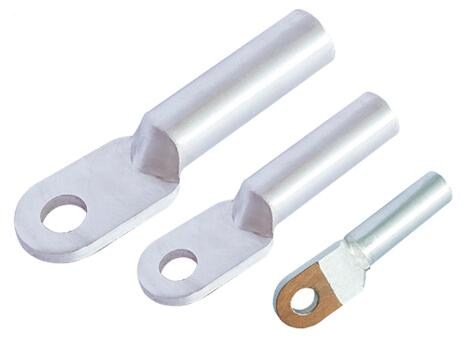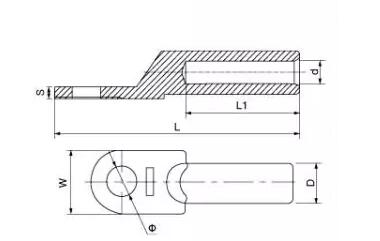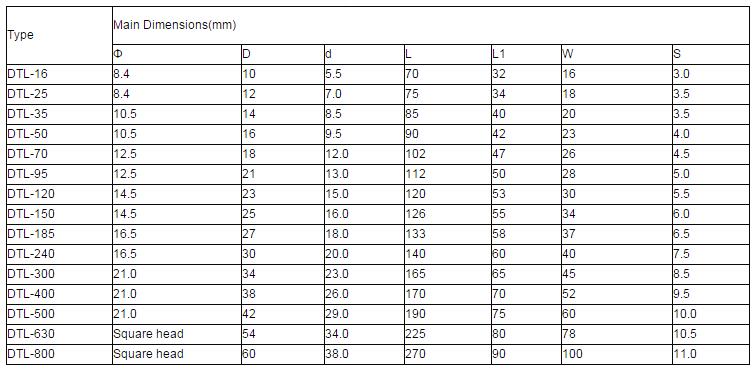When the bolt is immersed in the plating tank, the electrolyte penetrates into the gap and is not easy to clean. After the bolt is left for a period of time, the electrolyte will flow out and interact with the electrolytic layer. Corrosion of the electrolytic layer causes the electrolytic membrane to be destroyed, and a large number of black patterns appear, reducing The protection of the coating on the bolt and the strength of the coating. The influence of electro-galvanizing process factors The hydrogen evolution and hydrogen permeation are unavoidable in the whole electroplating process. Because the bolts are electroplated, hydrogen and zinc are co-precipitated on the cathode. Most of the hydrogen escapes as hydrogen bubbles, but there are still A small part of hydrogen enters the zinc coating in an atomic state and enters the metal matrix lattice along the grain boundary to produce hydrogen permeation. During the electroplating process, hydrogen intrudes into the matrix mainly when the plating layer is thin, or penetrates into the matrix along the defect. The thickness of the plating of the inspection bolt reaches 1424Lm. Why can't it prevent the large amount of hydrogen from penetrating the surface of the metal substrate to a deeper color, and some places even become purple-red, which indicates that the plating layer is not pure. The lattice is distorted, creating large internal stresses and reducing the toughness of the metal matrix. Impurities such as silicon, sulfur, and calcium in the plating layer make the plating layer high in hardness and brittle. The microscopic defects of the bolt formed by the heat treatment exacerbate the hydrogen permeation process of the bolt. There are brittle fractures along the crystal, ductile fractures, and flattened areas. It shows that when the bolt has microscopic defects, the crack source is formed. When the work is subjected to external force, the crack expands along the region where the amount of hydrogen infiltrated (such as grain boundary, defect, etc.), forming brittleness and intergranular fracture.
DTL series Al-Cu connection terminal is suitable for transition joint of distribution device aluminum core cable and electric equipment.DL aluminum is used for aluminum terminal linking of aluminum core cable and electric equipment. DT copper terminal is used for copper terminal electric equipment.DT copper terminal is used copper terminal linking of copper core cable and electric equipment. The products adopt friction welding workmanship. It has advantage of good electric conductance, electrochemlcal corrosion resistance, long service life.
(1) Cable lugs are suitable for the connection of copper conductors ( section l.5-1000mm2 ) in power cable
(4) Working temperature of -55 to +150 Celsius
If you have any questions, please contact with us directly.
Cu-Al Terminal Lug,Outlet Bimetallic Compression Lug,Cu-Al Cable Lugs,Dtl Cu-Al Cable Lug Shandong Vantage International Trade Co., Ltd. , https://www.sdvantage.com
(2) With electronic equipment
(3) Material: Copper T2 and Aluminum L3



Our company is solemnly committed to the majority of customers: reasonable price, short production cycle, considerate service. We look forward to cooperating with you.